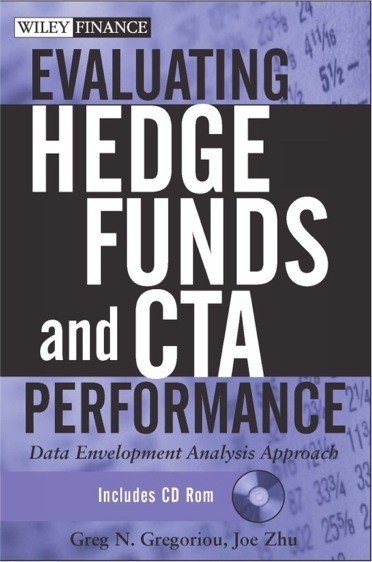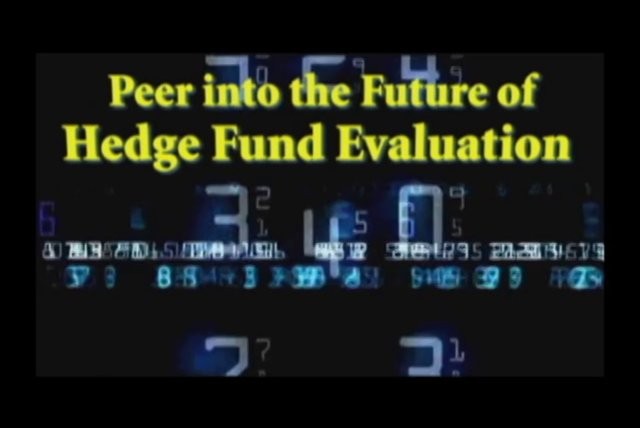Evaluating Hedge Fund Performance
Post on: 5 Май, 2015 No Comment

Hedge funds have become a hot topic over the past decade or so, as the number of funds has grown seemingly exponentially along with the increased media attention they’ve received. While most people have a basic understanding of what they are, many investors are not familiar with the underlying types of hedge funds and their opaque risks. (Starting a hedge fund is the new American dream. Find out how you can pull it off. Check out 7 Hedge Fund Manager Startup Tips .)
Types of Funds
While the hedge fund universe is wide, and often funds can fit into multiple categories, funds are generally classified as either equity-focused or fixed-income. Past this very basic definition, funds can be broken down into any number of sub-categories, depending on their investment strategies. Some common fund types include:
1. Long-Short Funds: Take both long and short positions in securities in hopes of using superior stock picking strategies to outperform the general market.
2. Market-Neutral Funds: A sub-type of a long-short fund, however fund managers attempt to hedge against general market movements (thus the name market neutral).
3. Even-Driven Funds: An attempt to capture gains from market events, such as mergers, natural disasters or political turmoil.
4. Macro Funds: Take directional bets on the market as a whole, either long or short, based upon research and/or the fund’s philosophy.
5. Fund of Funds. A hedge fund that holds a diversified portfolio of investments in other hedge funds.
Regardless of the type of hedge fund, there are numerous universal risks which basically every fund investor must take into careful consideration. (Similar metrics as those used for mutual funds apply, but hedge fund analysis requires additional depth. Refer to Quantitative Analysis Of Hedge Funds .)
Hedge Fund Risks
While every type of fund may have a different set of risks for its investors to consider, there are three basic types of risks which are shared by the entire hedge fund industry.
1. Investment Risk
The biggest and most obvious risk is the risk of investors losing some or all of their investment. A key quality of hedge fund investment risk is the virtual Wild West landscape of the hedge fund industry (though strides have been made since the 2008 financial crisis). Fund managers for the most part have free-reign over the investment decision they make in chasing alpha with their portfolios. Unlike many other types of institutions, hedge funds are not regulated. While a fund may be tagged as a global blue-chip equity fund, and in most respects would be considered a relatively safe hedge fund investment, the strategies implemented by fund management, such as the use of excessive leverage, can create levels of investment risk not expected by investors. Some specific types of investment risk include:
Style Drift : Style drift occurs when a manager strays from the fund’s stated goal or strategy to enter a hot sector or avoid a market downturn. Although this may sound like good money management, the reason an investment was made in the first place in the fund was due to the manager’s stated expertise in a particular sector/strategy/etc, so abandoning his or her strength is probably not in the investors’ best interests.

Overall Market Risk: Both equity and fixed income funds, and overall directional move by the equity markets, can play a big role on the returns of a fund. For equity funds, although many may claim to be market neutral or have a zero beta. it is very difficult in practice to achieve such a balance, as the equity markets can move very quickly in either direction — especially down. In time of crises, correlations go to one, so even the most diversified portfolio will not be safe from a market crash.
Widening credit spreads are the biggest threat to the performance of fixed income funds. Since most fixed income funds take long positions in corporate bonds and short positions in comparable treasuries, adverse economics movements can cause the simultaneous increase in corporate yields while the Treasury yields to fall, thus widening the spreads between positions and hurting the funds’ performance.
Leverage: The use of leverage within the hedge fund industry is commonplace, since a smart leveraged position can magnify gains. But as we all know, leverage is a double-edged sword and even a small move in the wrong direction can put a major dent in a fund’s returns, especially those funds which speculate heavily in commodities and currencies.
The risk of fraud is more prevalent in the hedge fund industry as compared to mutual funds for instance, due to the lack of regulation for hedge funds. Hedge funds do not face the same stringent reporting standards as other funds, and therefore the risk of unethical behavior on the part of the fund and its employees is heightened. There have been numerous media reports of hedge fund managers who have bilked investors out of huge sums of money in order to live lavish lifestyles or cover up constant losses for the fund. Knowing your hedge fund manager and staying abreast of the literature provided to you by the fund are keys to protecting yourself from investment fraud.
Lastly, operational risk refers to the shortcomings within the policies, procedures and activities of a hedge fund and its employees. For example, quite often hedge funds deal in the over-the-counter market, where positions can be tailor made to suit the needs of the involved parties. The biggest issue with OTC securities is in valuing them on an ongoing basis, since they are not publicly traded and very illiquid. This issue came to light in the early stages of the 2008 credit crisis, when seemingly no two institutions were able to accurately value the mortgage and asset-backed securities which had flooded the marketplace in the early 2000s. The very nature of the hedge fund industry creates operational inefficiencies, and thus operational risks.
Conclusion
By being able to recognize the type of hedge fund along with its strategy, you should be able to identify potential risks associated with the fund. It’s clear that the hedge fund industry will only continue to grow, and having a strong grasp on what moves the industry will put you in a position of strength going forward. (Analyzing a hedge fund will help you determine whether it’s a good investment — and a good fit. Check out Hedge Fund Due Diligence .)














